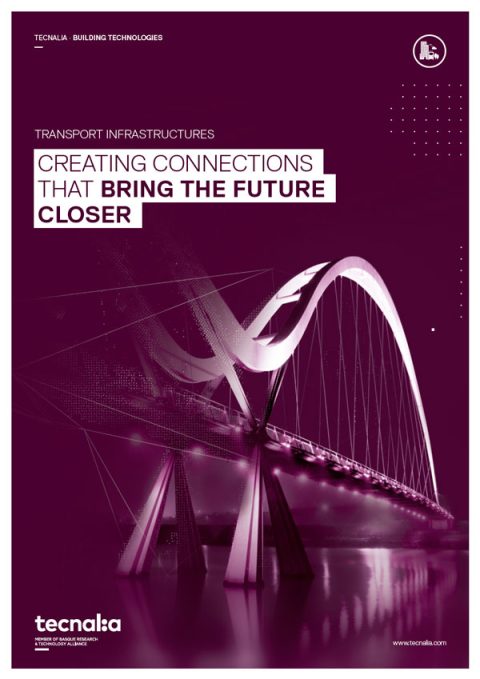Inspection and monitoring of the health diagnosis of the railway bridge, through in-service static, quasi-static and dynamic load tests. The real-time results obtained are then compared with a finite element digital model, verifying the correspondence of deflections, own vibration modes and stress to reveal the structure’s real health status or the existence of pathologies.
The project developed for METRO BILBAO contemplates:
- Measurement of deformations and stress in static and quasi-static tests, as well as the measurement of deformations, accelerations and natural frequencies in dynamic tests. Accelerations and longitudinal displacements are also measured in brake tests along with the measurement of the elastic recovery of the bridge after the actions. All of this is carried out in accordance with the prevailing IAPF-05 regulation and that of METRO BILBAO (client).
- Processing and analysis of the data obtained from the measurements, obtaining of the bridge’s vibration modes and their validation to issue a positive report of the structure’s health status.
- Comparison of the real readings with 3D finite element digital models, simulation of the passing of the train and verification of the correspondence of real readings with theoretical values (deflections, own modes and stress) to determine the structure’s health status.



